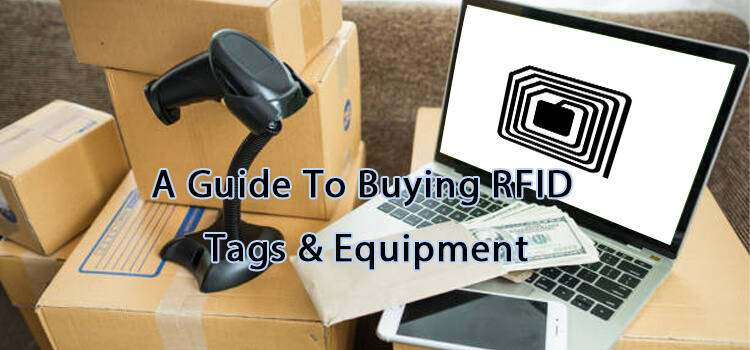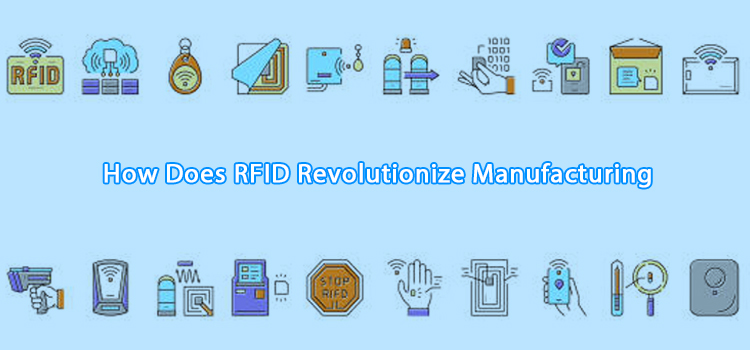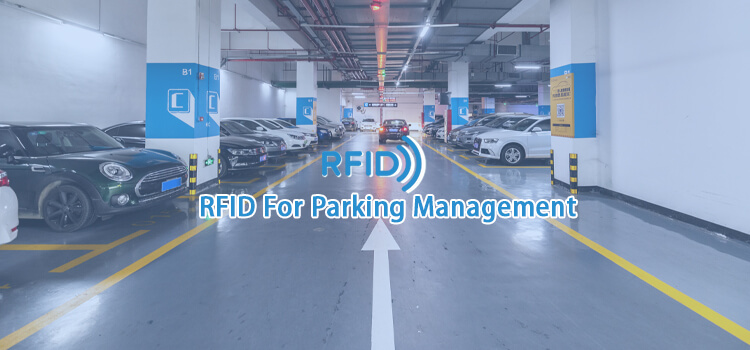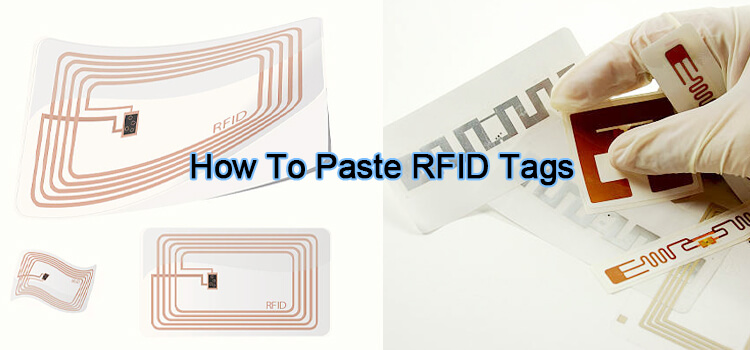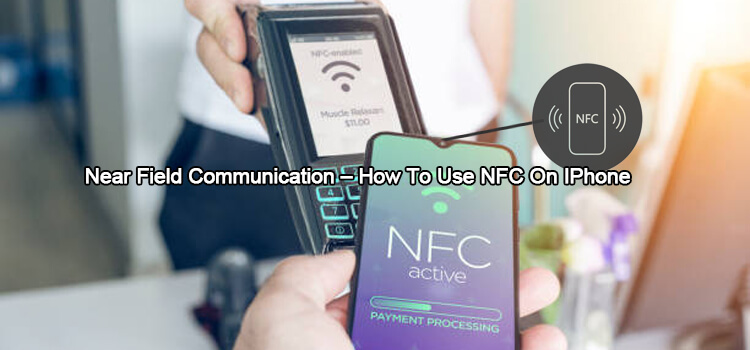If you’re a business owner, then you know that staying ahead of the curve is key to success. RFID tagging is one area where you don’t want to fall behind.
In this guide, we provide an overview of RFID tags and equipment to help you learn more about what’s available and make an informed buying decision.
What is RFID?
RFID stands for Radio Frequency Identification. It uses electromagnetic fields/radio waves to identify and track tags attached to objects.
RFID tags are comprised of two parts: a microchip that stores data, and an antenna that receives and transmits the signal. The signal is emitted by an RFID reader, which is used to identify the tag.
RFID tagging has many benefits over other methods of identification, such as barcodes. RFID tags can store more data than barcodes and can be read faster and from a greater distance.
RFID tags are used in a variety of applications, including RFID apparel tagging, RFID jewelry tagging, and inventory management.
RFID System Components
If you are thinking of implementing an RFID system, there are several components you will need:
- RFID Tags. These are attached to the objects you want to track. They come in a variety of shapes and sizes.
- RFID Readers. These are the devices that emit the signal that is used to identify the RFID tags. RFID readers can be either fixed or handheld.
- RFID Software. RFID software enables you to track and manage the data that is collected by the RFID reader.
- RFID Printers. RFID printers are used to print and encode information on RFID labels or inlays. They are not a mandatory component of an RFID system.
A Guide to Buying RFID Tags & Equipment
Let’s delve deeper into each of these RFID system components.
· What are RFID Tags?
In an RFID system, RFID tags are at the center stage. They are the items containing the memory necessary to record data, and they are the objects that interact with the RFID reader. There are several types of RFID tags you can consider as detailed below:
Classification of RFID Tags Based on Power Source
You can think of RFID tags as either active or passive. The main difference between the two is their power source. Here is a detailed analysis:
- Passive RFID Tags
Passive RFID tags are powered by the electromagnetic field emitted by the RFID reader. They do not have a battery, so they are smaller and cheaper than active tags. However, they also have a shorter read range and are more susceptible to environmental factors.
These are the most prevalent type of RFID tags and are used in a variety of applications, such as inventory management and supply chain tracking. Users prefer them due to:
- Affordability. These tags are highly affordable. You do not have to break a bank to install a passive RFID tag-based system.
- Low maintenance. These tags do not require any maintenance since they don’t have a battery that needs replacing. You only need to focus on maintaining the other components in the system such as readers and software.
- Reliability. Passive RFID tags are more reliable than active tags since they don’t have batteries that can die, leaving you with blank tags.
Overall, passive RFID tags are a great option for most applications. They also come in different forms, including Eco RFID inlays/labels, RFID stickers/labels, and HF/NFC RFID inlays.
- Active RFID Tags
Active RFID tags have a battery, so they are larger and more expensive than passive tags. However, they also have a longer read range and can store more data.
These tags are used in applications where long-range tracking is necessary, such as security and asset tracking. They are also used to track high-value items, such as pharmaceuticals and electronics.
The main benefits of active RFID tags are:
- Longer read range. The battery gives the tag enough power to broadcast a signal that can be picked up from a greater distance.
- More data storage. Active tags can store more data than passive tags, so they can be used for more complex applications.
- Longer life. The battery gives the tag a longer lifespan than a passive tag.
Active RFID tags are a great option for applications that require long-range tracking or more data storage. However, they are more expensive than passive tags and require more maintenance.
- Semi-Passive RFID Tags
Semi-passive RFID tags are a hybrid of passive and active tags. They have a battery, but it is only used to power the tag’s circuitry. The tag does not use the battery to broadcast a signal.
These tags are used in applications where long-range tracking is necessary but the tag does not need to store a lot of data. They are the best option when you want to strike a balance between the cost of passive tags and the features of active tags.
Classification of RFID Tags Based on Frequency Used
RFID tags can also be classified based on the frequency they use to communicate with the RFID reader. The three main frequencies are low-frequency (LF), high-frequency (HF), and ultra-high-frequency (UHF).
To avoid confusion, let’s first understand what frequency is before we dive into the different types of RFID tags.
· What is Frequency?
In simple terms, frequency is the number of waves that pass a given point in a second. The higher the frequency, the more waves that pass a given point in a given time.
Low Frequency (LF) has fewer waves that pass through an object in a given time than High Frequency (HF) waves.
However, Low-Frequency waves can penetrate materials better than High-Frequency waves. This is due to their longer wavelength (the distance between two peaks of a wave).
UHF waves have the shortest wavelength and, as a result, cannot penetrate materials as efficiently as LF or HF waves. However, they can transmit data at a higher rate than LF or HF waves.
Now that we understand what frequency is, let’s take a look at the different types of RFID tags.
- Low-Frequency (LF) RFID Tags
LF RFID tags use a frequency of 125-134.2 kHz. The most common standard for these tags is ISO 11784/11785. These tags are used in applications where the tag needs to be read through metal or liquids.
They are also used in animal identification since they can be implanted into an animal. However, LF tags have a shorter read range than HF or UHF tags.
The main benefits of LF RFID tags are:
- Can be read through metal and liquids
- Can be implanted into animals.
The main drawbacks of LF RFID tags are:
- Shorter read range (10 cm)
- Relatively expensive
If you choose LF tags, make sure your application does not require a long read range. Otherwise, you will be better off with HF or UHF tags.
- High-Frequency (HF) RFID Tags
HF RFID tags use a frequency of 13.56 MHz. The most common standard for these tags is ISO 14443, also known as NFC tags. These have a shorter wavelength than LF tags and can be affected by the presence of metal or other radio waves.
They are not the best tags for tracking metal objects or for animal identification. However, they have a longer read range (up to 1 m) and can store more data than LF tags.
If you must use these tags for tracking metallic objects, you can try to increase the read range by using a special antenna. Some manufacturers offer these types of antennas.
- UHF RFID Tags
UHF RFID tags use a frequency of 860-960 MHz. The most common standard for these tags is EPCglobal Gen 2. They have a longer read range (up to 10 m) and can store more data than LF or HF tags.
These tags have a shorter wavelength than LF or HF tags and can be affected by the presence of metal or other radio waves.
If you want to use these tags for tracking metallic objects, you must Metal-Mount RFID tags. Manufacturers use different techniques to allow these tags to be read through metal.
For example, creating a gap between the tag and the metal surface or using a special antenna can help you increase the read range.
· What are RFID Readers?
The next critical piece of RFID technology is the reader. The reader is a device that transmits radio waves and receives signals from the tag. The reader can be:
- Handheld RFID Readers. This type of reader is used when you need to read a tag that is not easily accessible. For example, if you want to track the location of a pallet in a warehouse, you would use a handheld reader.
- Fixed RFID Readers. This type of reader is used when you need to read tags that are within reach. For example, if you want to track the location of assets in a room, you would use a fixed reader.
RFID readers come in different shapes and sizes. The most important thing to consider when choosing a reader is the type of tag you want to read. For example, if you want to read LF tags, you need an LF reader.
Active RFID readers & HF RFID readers are the most affordable ($1,250 to $1,500) while passive RFID readers and handheld RFID readers are the most expensive ($1,250 to $20,000).
In general, handheld readers are more expensive than fixed readers. This is because they need to be able to transmit a signal over a longer distance (up to 10 m).
· What is RFID Software?
There are different types of RFID software:
- Asset Tracking Software. This type of software is used to track the location of assets in real-time. For example, if you want to know where your pallets are, you would use asset tracking software.
- Inventory Management Software. This type of software is used to manage inventory levels. For example, if you want to know when your products need to be restocked, you would use inventory management software.
- Data Analysis Software. This type of software is used to analyze RFID data. For example, if you want to know how your RFID system is performing, you would use data analysis software.
The type of software you need depends on your business needs.
· What Are RFID Printers?
Choosing the right RFID printer is critical. This component encodes the data onto the tag. They replace manual coding, making the encoding process faster and more accurate.
RFID printers come in different shapes and sizes. The most important thing to consider when choosing a printer is the type of encoding method you want to use. There are two main types:
- Direct Thermal Printing. This method boasts a high print speed, low cost, and quiet operations. It requires a unique paper that darkens when heated. It is less preferred due to its sensitivity to temperature and sunlight, which can make the printing disappear with time.
- Thermal Transfer Printing. This method is more durable than direct thermal printing and can print on a variety of materials. It uses a ribbon that is heated to transfer the image onto the tag. Thermal transfer printers are more expensive than direct thermal printers.
When choosing an RFID printer, you should check compatibility with your RFID system. Not all printers are compatible with all systems. Specific printers work with specific label sizes.
As earlier indicated, this component is optional. You can consider buying it if:
- You want to automate your product labeling process
- Reduce errors involved in manual coding
What to Consider When Buying an RFID System & Equipment
Now that you know the different types of RFID equipment, it’s time to learn how to choose the right one for your business. Here are some factors to consider:
- Business Needs. The first step is to assess your business needs. What do you want to achieve with RFID? For example RFID industrial tags are best for industries while RFID laundry tags work best for laundry management.
- Compatibility. Not all RFID equipment is compatible with all systems. You need to make sure that the equipment you choose is compatible with your system.
- Ease of Use. You need to consider how easy the equipment is to use. If you’re not familiar with RFID technology, you might want to choose a system that is easy to use.
- Support. You should ensure that you can get manufacturer’s support for the equipment you choose.
When it comes to RFID systems, you have a lot of options. It’s important to take your time and choose a system that is right for your business.

